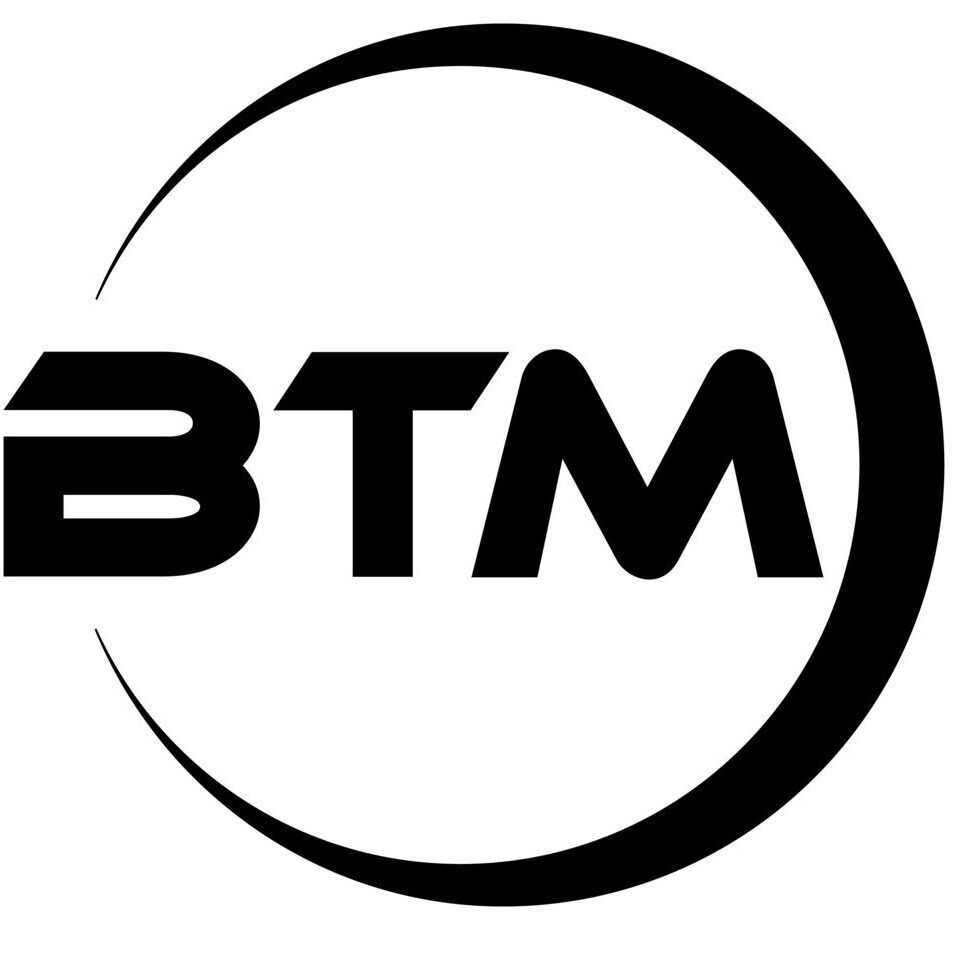As enterprises have entered 2024 with renewed energy and firm conviction, the future of digital business platforms seems encouraging with the extensive application of a cutting-edge work force management system. In the fluctuating workforce management domain, a leading company and its HR team members should think ahead of their rivals to ensure their organisation’s consistent success and growth.
What Is a Workforce Management System?
A workforce management (WFM) system is a multi-functional software solution that enables firms to automate and streamline business processes. Work force management tools manage workers’ productive tracking and productive time, organise and utilise the human capital with precision, introduce self-service portals for managers and employees and confirm the safety and security of the company information and stakeholders.
How Can a Reliable Workforce Management System Shape Futuristic Businesses?
If you are predicting prospects of the widespread usage of a workforce management system from a global perspective, you must consider the following six trends that will be followed throughout this year and beyond:
1. The Rising Impact of Generative AI
The element of AI (Artificial Intelligence) has played its role since the beginning of the 21st century. Twenty-three years have passed, but its essence is not fading away. Instead, the rapid and seamless integration of generative AI has led to becoming a transformative force in the purview of workforce management. The complexities of the best workforce management tools go beyond conventional AI elements.
The built-in generative AI in a workforce management system now surpasses traditional AI concepts. Machines can trigger content, interpret contexts, and demonstrate problem-solving skills. HR managers and their teams are progressively leveraging generative AI to streamline hiring processes, emphasise staff training and optimise decision-making compulsions.
Given this, it is high time for leading businesses to utilise the inner strength of generative AI.
When businesses enter the New Year, business leaders must invest generously in AI literacy and ethical deliberation to ensure responsible and impactful implementation of workforce management software.
2. No Turning Back from Remote or Virtual Work
The COVID-19 pandemic had taken a paradigm shift towards mass remote work and was readily accepted by top multinationals across the globe. Now, it has become a permanent abstraction in the workforce domain. Prominent companies that have adopted the principles of WFM are flexible enough to strike the right balance between in-house and virtual operations.
Hybrid work force management tools have become the norm these days. It means any company management will need state-of-the-art technology and processes that cater to collaboration, communication and staff welfare. Timely attention to results-oriented performance parameters will be crucial in managing remote teams successfully while going through the WFM commitments.
3. Introduction of Generation Z as an emerging force
The component of Generation Z or (Gen Z) in a workforce management system has become a dominating force in shaping futuristic businesses by attracting the best talent globally, enhancing employee satisfaction and achieving greater productivity.
Gen Z is becoming popular worldwide with new work ethics, hierarchical expectancies, and working methods. It embraces a group of talent aged 12 to 26 who are getting a feel of a progressive digital atmosphere. So, their inclination towards undertaking and attaining remote jobs as they join any company workforce has become natural. The Gen Z business enterprise group craves purpose, diversity and genuineness in the workplace. This particular group also expects the management to be decent corporate executives.
Hiring and deploying a purposeful Generation Z workforce should generate logical innovations leading to remarkable changes in future workforce management frameworks. Reputable corporate and HR teams should have the empathy and patience to listen, learn and adapt premium workplace norms and policies. These policies must resonate with this emerging human capital, teaching social responsibilities and a robust work culture from top to bottom.
4. Increasing Automation Induces Upskilling Initiatives
The notable pace and frequency of automation in the present technology, manufacturing and several other business spheres are redefining job roles and responsibilities, demanding an optimum level of technical understanding across business territories. The ideal upskilling and reskilling initiatives are instrumental to stocking the workforce with the required skill sets and capabilities for any upcoming project venture.
Any ingredient of proactive upskilling boosts the values of dispersed human resources and helps companies to be more innovative in the wake of modern technological upsurge. Competent management should invest reasonably and justifiably in mentorship opportunities, learning modules, and collaboration with educational setups. These conditions are critical for staying competitive in an automated and digital marketplace with volatile scenarios.
5. Dominance of Career Path Trajectories Is the Future
Today, linear and conventional career paths are slowly disappearing, giving way to more forceful and positive models. In the present environment, employees prefer diverse work experiences, trending skill development, and ample scope for personal growth. However, it may not be stepping on the intangible career ladder. Several groups of young professionals opt for work flexibility over traditional job promotions and work responsibilities open to longer working stints and a lot of stress.
Floating and flexible career paths which empower employees to change their career focus corresponding to their personal and professional priorities can be more inviting to them. Best workforce management tools integrating cross-functional flexibilities and mentorship programmes offer corporate staff proper direction, due support and sufficient growth opportunities. Employees with flexible career paths have every chance to fill open vacancies in the existing workforce. Also, they are exposed to continuous learning and greater employee engagement.
6. High Preference for Staff Experience
When there is a situation where low unemployment prevails and big companies witness healthy competition among the skilled workforce, focusing on employee experience should be a strategic priority; of course, traditional benefits should never be excluded if these incentives boost productivity. However, modern corporations must include a positive environment that stimulates inclusivity, prosperity and a sense of belonging.
A futuristic workforce management system always carries unique provisions of recognising and rewarding the best performers, which invariably contributes to making motivated and engaged human capital. Managers who listen, look after, and honestly interact with each subordinate who is in-house or on a virtual mode can build a productive team above par. Consistent employee surveys, feedback, and open communication channels can immensely assist HR managers in measuring and increasing the complete employee experience, resulting in meeting business goals.
Conclusion
These futuristic drifts reveal that workforce planning and management are not mere trends; the implementation process is necessary, given future technological uprisings. The success of a business organisation hinges on the ability of the managers and teams to accept the necessity of embracing modern tools of upgraded WFM software. With the help of scenario planning and an honest effort for continuous learning, proven workforce planning equips contemporary businesses to navigate the barrage of new technologies.
ProHance offers various WFM analytics and familiarises you with future challenges that help HR teams assess a candidate’s knowledge and experience virtually. This exclusive platform allows managers to take stock of an employee’s problem-solving skills and decision-making in real-world scenarios. By this time, you should be ready to unlock the potential of your remote employees through this outstanding hybrid WFM software system.




